
There it was – unmistakable with its pink eyelids and fluffy ear tufts. That was all that could be seen of the Verreaux’s Eagle-Owl on the nest, but it was a dead giveaway of this huge species, considered Vulnerable on the IUCN Red List. An old Wahlberg’s Eagle nest positioned securely in the fork of a marula tree had been utilised by this pair of owls. As we approached the nest from across the river, the two adults stopped their booming calls in a bid to not reveal the nest, the sitting bird and, potentially, the eggs.
For owls that have such a large home range (approximately 7000 hectares per pair in Limpopo; more research is required for KwaZulu-Natal), I was surprised that the birds would position their nest in such close proximity to human activity.
For the next few months I observed the nest as often as I could. I wanted to see when the chicks hatched, to hopefully witness their first flight and maybe even see when their adult plumage began to appear. Many times on my approach to the area, I would first encounter one of the adults and a subadult (the pair’s previous offspring). The two were always sitting in one of three trees, watching, guarding the nest from unwanted visitors. If I went early enough in the morning or later in the evening, I would again hear their contact calls, which were audible from more than two kilometres away. On one occasion I saw a giraffe and the incubating bird were suddenly eye to eye, neither apparently bothered by the encounter, although the giraffe definitely seemed to stare for a few minutes, perhaps somewhat bemused and assessing what it was looking at.
This story is from the March/April 2021 edition of African Birdlife.
Start your 7-day Magzter GOLD free trial to access thousands of curated premium stories, and 8,500+ magazines and newspapers.
Already a subscriber ? Sign In
This story is from the March/April 2021 edition of African Birdlife.
Start your 7-day Magzter GOLD free trial to access thousands of curated premium stories, and 8,500+ magazines and newspapers.
Already a subscriber? Sign In
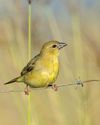
agrochemicals and birds
By the year 2050, it is estimated that 171 million more hectares of agricultural land will be needed to feed a global population of 10 billion people.
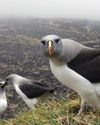
arrivals and departures
The Mouse-Free Marion Project is committed to ensuring that breeding seabirds can return to a predator-free Marion Island.
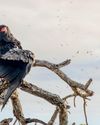
FULL skies
High summer brings high entertainment to Botswana's Mababe Community Concession and Kazuma Pan.
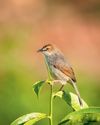
specials IN THE MIST
With a distinct habitat and climate, Zimbabwe's Eastern Highlands are a must-visit destination for any birder wanting to see a bevy of special birds.
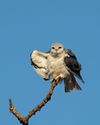
MIDRAND marvel
Gauteng birders don't need to travel far to get their feathery fix. Midway between Johannesburg and Pretoria, Glen Austin Pan has become a favourite patch for this returnee expat.
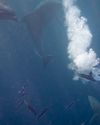
IN TOO DEEP...again
The annual sardine run along South Africa's east coast is a thrill and a challenge for underwater photographers, especially if you throw birds and inclement weather into the mix.
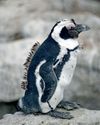
a journey through the mysteries of moult
As a bird researcher in South Africa’s botanically diverse fynbos biome, I have come to regard bird ringing as part of my journey to understanding moult.
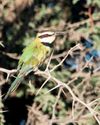
Southern SIGHTINGS
The midsummer period lived up to its reputation as the busiest time for rarities in southern Africa and produced a host of really good records, including several that got twitchers racing all over the subregion to try and add these mega ticks to their lists. As always, none of the records included here have been adjudicated by any of the subregion's Rarities Committees.
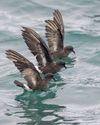
storm petrels in Kalk Bay
According to Roberts 7, both Wilson’s and European storm petrels occasionally seek the shelter of breakwaters during periods of strong onshore winds, but this is seldom observed off South Africa.

power-napping penguins
Periodic reduction in neural activity (sleep) is found in all animals with brains and seems to be essential to restore effective brain function. There is plenty of evidence of the adverse effects of not getting enough sleep, and recent research in humans has identified getting sufficient sleep as one of the four core pillars of living a long and healthy life.